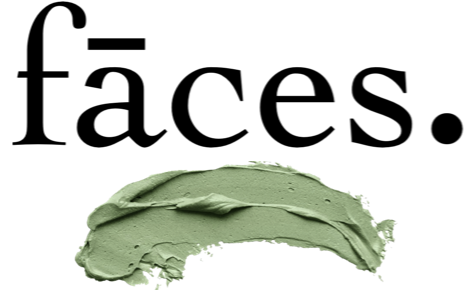Acne scar prevention
Scars. They happen - but they shouldn’t. When it comes to facial scarring, prevention is your best friend 👯♀️ There are three main types of scars: depressed or indented scars, discolored scars and thick or raised scars. While depressed, indented and raised scars are notoriously difficult to fade, getting a jump on minor abrasions, skin-deep punctures and discolored scars before they become permanent is key. A scar’s visibility ultimately depends on how well its wound has healed—to make sure small marks become nothing more than memories, encouraging a healthy healing process is absolutely essential. Too many facial scars result from acne. When you have a breakout, don’t squeeze, pop, pick 💥or otherwise irritate pimples at all, unless you want to gamble on permanent scarring. The same goes for scabs—they might not look nice, but they’re nature’s own wound dressing. Picking them prolongs the healing process and increases the chances of scarring. When popped pimples and skin-deep wounds do happen, disinfect them with a cotton swab —an antibacterial agent that won’t dry out the skin—and wash (but don’t scrub) them immediately with your favorite mild, non-drying facial cleanser. If you already have a moisturizing routine in place to keep your skin supple, you’ll be glad to know that moisture is also paramount to healthy healing🧴 -When wounds dry out, they form scabs and are more likely to leave scars behind, so keep them moist with an oil-based moisturizer or ointment. Be sure to reapply the moisturizer after cleaning the wound daily with a facial cleanser. Keep healing skin covered after you clean and moisturize it, to speed up the healing process and reduce the potential for scarring. Once your wound has healed, continue to follow your regular moisturizing routine, and keep the mark covered with broad-spectrum sunscreen rated at SPF 30 or higher to prevent redness and discoloration.
